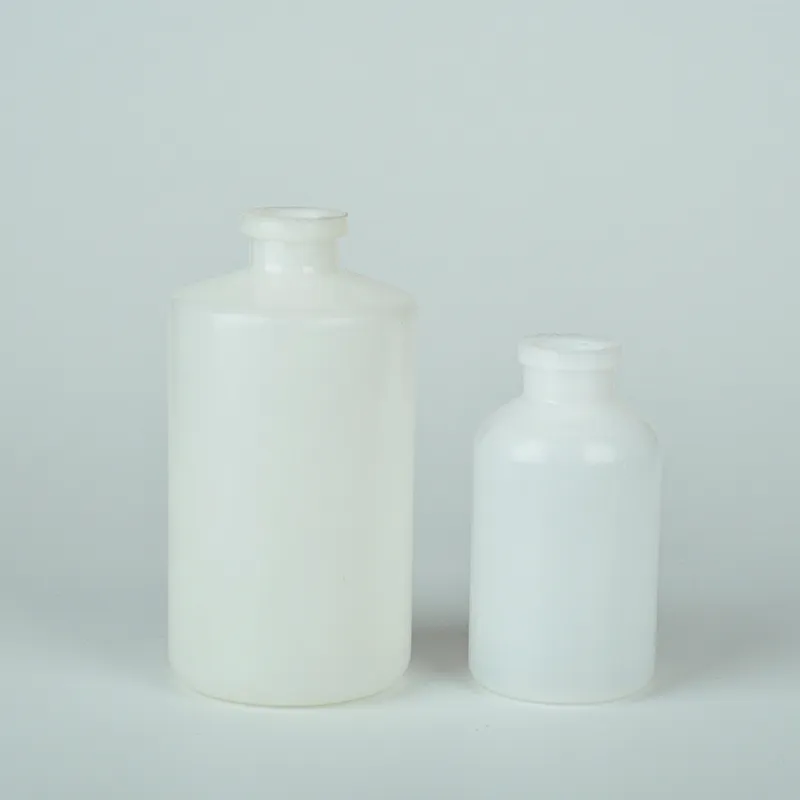https://www.wahmg.com/)">
Understanding the Uses and Benefits of Phenolphthalein as an Acid-Base Indicator in Chemistry
Understanding the Uses and Benefits of Phenolphthalein as an Acid-Base Indicator in Chemistry
Phenolphthalein Indicator Bottle A Key Tool in Chemistry
Phenolphthalein, a chemical compound widely used as a pH indicator in various fields of chemistry, plays an indispensable role in titrations and other analytical processes. This colorless organic compound, often found in the form of a solution in a glass bottle, has the unique ability to change color depending on the acidity or alkalinity of a solution. This property makes phenolphthalein an essential tool for chemists, educators, and laboratory technicians alike.
The history of phenolphthalein dates back to the late 19th century when it was first synthesized by the German chemist Johann Friedrich Wilhelm Adolf von Baeyer. Initially used in the analysis of acids and bases, phenolphthalein has since become a standard indicator due to its clear and distinct color change. When added to a solution, it remains colorless in acidic environments (pH below 8.2) and turns pink in neutral to basic environments (pH above 10). This sharp transition makes it easy to determine the point at which a reaction has reached equilibrium during titrations.
A typical phenolphthalein indicator bottle is made of dark glass to protect the solution from light, which can degrade its effectiveness over time
. The label on the bottle clearly states important information, including chemical name, concentration, and precautionary statements, as phenolphthalein is considered a hazardous substance if ingested or improperly handled. The bottle often comes equipped with a dropper or a precision dispensing mechanism for ease of use, allowing for accurate measurements in laboratory experiments.phenolphthalein indicator bottle

Using phenolphthalein in titrations is a common laboratory procedure. In a typical acid-base titration, a chemist will add a strong acid or base to a solution gradually. The introduction of phenolphthalein indicates the approach of the endpoint of the titration. As the solution shifts from acidic to neutral and finally to basic, the chemist observes the color change from colorless to pink. This visual cue allows for precise determinations of concentration and has significant implications in fields such as pharmaceuticals, food science, and environmental testing.
While phenolphthalein is widely utilized, it is essential to note that it is not universally applicable. The indicator is effective only within a specific pH range. Therefore, chemists must choose their indicators carefully based on the properties of the substances involved in the titration. Other indicators might be necessary when working with very strong acids or bases or in cases where phenolphthalein does not provide clear results.
In addition to its use in titrations, phenolphthalein serves various functions in agricultural testing, clinical diagnostics, and chemical education. In academic settings, it is often used in laboratory demonstrations to illustrate acid-base principles, making it a staple in chemistry curricula. Furthermore, it finds applications in determining soil pH, assisting farmers in understanding their land’s nutrient needs for optimal crop growth.
Overall, the phenolphthalein indicator bottle is more than just a container; it symbolizes the intersection of scientific discovery and practical application. Its role in teaching, research, and industry highlights the importance of indicators in understanding chemical properties and reactions. As laboratory practices continue to evolve, the use of phenolphthalein remains fundamental, underscoring its significance in the vast and dynamic field of chemistry.
-
Wholesale Plastic Juice Bottles with Caps 16 oz Options Available Bulk Packaging SolutionsNewsJun.10,2025
-
Laboratory Apparatus Reagent Bottle – Durable & Chemical Resistant Bottles for Safe StorageNewsJun.10,2025
-
Squeezable Dropper Bottles Durable, Leak-Proof & CustomizableNewsMay.30,2025
-
Affordable Plastic Petri Plates Sterile & Disposable Lab-GradeNewsMay.30,2025
-
Eye Dropper Caps Precision 24/410 & Plastic Bottle-Compatible TipsNewsMay.30,2025
-
Affordable Mini Spray Bottle Price & Wholesale Deals Shop NowNewsMay.29,2025





















